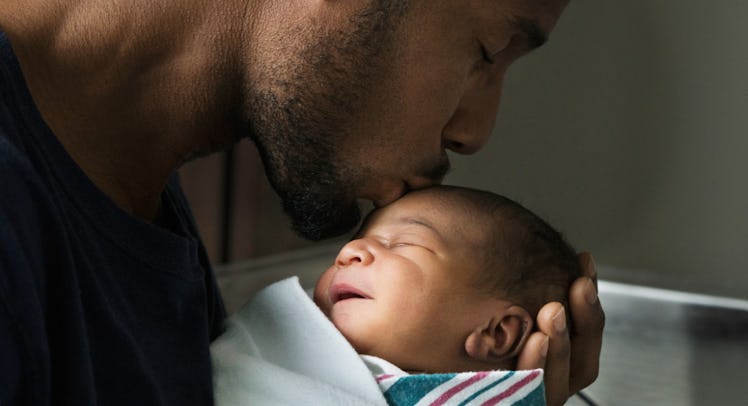The Real Cost Of Giving Birth in the U.S.
Having a kid in the United States is essentially more expensive than anywhere else in the world.

The United States is the most expensive place on the planet to give birth to a child. According to the latest figures from the International Federation of Health Plans, the average out of pocket cost for a vaginal birth or a C-section in the U.S. is 40% and 60% higher, respectively, than Switzerland. In fact, in most parts of the world it costs nothing, or next to nothing, to give birth. If there is an expense, they’re nominal compared to the states.
“The United States’ ‘fee-for-service’ payment system encourages clinicians and facilities to provide many services, without ensuring that they are needed and lead to good outcomes,” says Carol Sakala, Director of Childbirth Connection Programs at the National Partnership for Women & Families. “Most birthing women and newborns are healthy, and many get procedures, drugs and tests that they don’t need.”
The standard two-day hospital stay post-delivery accounts for 83% of the total costs associated with a birth, according to a study from Truven Health Analytics. What that means is that the nine months leading up to the birth and out-of-hospital post-natal care only is only responsible for .17 cents of each dollar spent for a pregnancy.
According to data from the national, independent, nonprofit organization FAIR Health, the national average charge for a vaginal delivery is $12,290, and the national average charge for a C-section is $16,907. “Bear in mind that these are only national averages. The costs of these procedures vary greatly from state to state, and even among localities within a state.” Says FAIR Health President Robin Gelburd. “For example, the average charge for a vaginal delivery varies from $9,286.35 in Alabama to $19,266.40 in Alaska. The average charge for a C-section varies from $13,325.20 in Alabama to $27,613.58 in Alaska.”
One of the trends in the United States over the last fifty years has been the consistent rise in C-sections. Today almost 1 in 3 children come into the world through this surgical procedure. In fact, it is the most common operating room procedure in the country. “Less childbirth intervention would be safer for most moms and babies, and less costly, too,” says Sakala. A recent study showed that having a baby in the hospital is four-times more likely to result in a C-section compared to giving birth outside of a hospital.
Besides the actual birth, another financial burden families face comes when they arrive home with the baby. Even though the Family Medical Leave Act guarantees most employees twelve weeks leave, it does not ensure that they are paid days off. If a parent takes all the time they are allowed, they’ll most likely miss out on almost 25% of their yearly salary.
Add to that the cost of feeding, clothing, and other expenses of a child. According to a 2010 USDA report, an average middle-class family will spend almost $12,000 on expenses for their child in the first year alone. That number increases another $500 by age two.
Perhaps the biggest expense parents will eventually face is child care. According to Care.com, the average cost of a daycare center for an infant is $10,468 a year with prices ranging from a low of $6,000 to a high of $20,000. Hiring a nanny can be even more expensive, with an average cost of $28,905.
Essentially, a child isn’t cheap. But hopefully, the joy of being a parent makes them priceless.
This article was originally published on